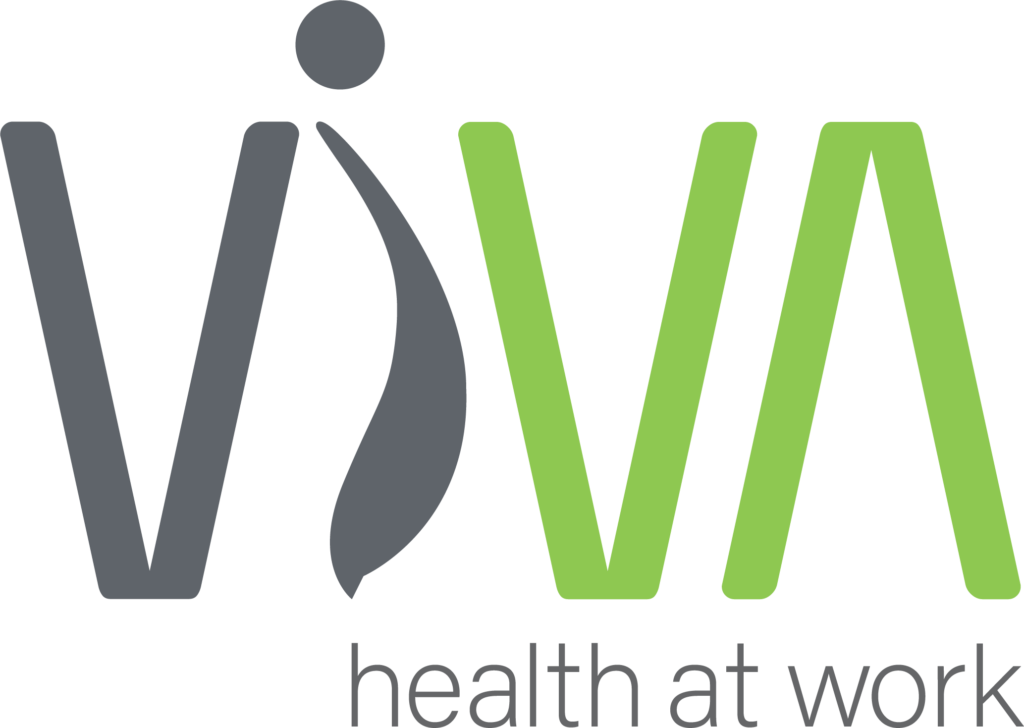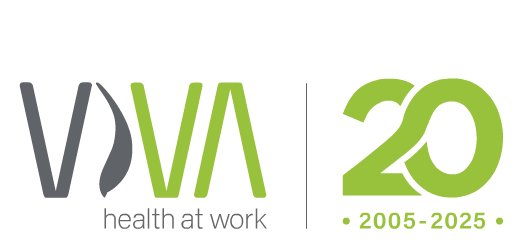This abstract has been developed from excerpts from the following research:
Pazell, S. (Unpublished thesis: submitted for examination 31 Mar 2018): Good work design: Strategies to embed human-centred design in organisations. University of Queensland, Sustainable Minerals Institute.

Psychological safety has been linked to work engagement[i], vitality[ii], performance[iii], and learning capability[iv] at an individual and team level. When a change-oriented leader stimulates a climate characterised by psychological safety, experimentation among team members is likely (a founding for innovation)[v]. Supportive leadership culture, also, is an essential driver of good work design[vi], [vii]. Conversely, good work design is a driver to achieve a climate of safety and positivity[viii], a culture of sound leadership[ix], a breeding ground for innovation, and the means to integrate initiatives for wellbeing, health, safety, and productivity[x]. Designing work for health is more than just a continuum along a path of design of work for safety[xi], [xii] (because dualistic approaches can be limiting): a salutogenic approach is systemic and provides for resilience (organisational, team, and individual) through the development of resources of generalised resistance. This approach provides a world that is comprehensible, manageable, and meaningful: it enables a sense of coherence[xiii]. Good work design, per participative ergonomics and human-centred practice (combined with strategic health promotion), advances the physical and psychosocial conditions of work. Human-centred design enables the tangible means to achieve positive views about the future and work[xiv]. Consultative work analysis and design among end-users and maintainers provides for work transparency, clarity, control, security, and a sense of support. These methods are founded in neuroscience to provide for optimum learning, curiosity, and motivation[xv], [xvi].
Salutogenesis is not a model of treatment or address of a single headline cause of work injury, disablement, or fatality per se, although several of these issues might well be addressed through the approaches; the model provides a framework for continual improvement so that tasks are conditioning – physically, psychologically, socially, or environmentally (i.e. not just designed to be lower in risk). Salutogenic good work design methods enhance creativity and engagement[xvii] so that work optimisation becomes a way of life, the heartbeat of the business, and the very fabric of daily job activity. The practice is not driven by regulation, but represents a voluntary initiative (e.g. Joy, 2014)[xviii] to be the best one may be (individual, team, or organisation). Design for diversity may be an inherent work practice[1] and, at a board level, an organisation may strive to be human-centred (e.g. ISO 27500:2016)[xix], thus achieving the status of a good corporate citizen[xx].
Through rigorous investigation, analysis, and design of work (combining co-design with sound risk management, decision-making, and human performance knowledge), a level of congruence is achieved among work that is done, imagined, prescribed, and disclosed[xxi]. Conflict is not avoided in this system but encouraged and well-led because diverse ideas are invited and evaluated in a mature way through informed process. The realization of good ideas is fostered. Iterative design is accepted, and risk tolerance provides for the “wrongs” as much as it does the “rights” so that creative process is not hindered.
From my thesis[xxii], and my educators[2], I was exposed to several concepts, ideas, and realisations, a highlight of which pertaining to psychological safety is provided in note form:
- Good work design is vital to organisational (and, likely, industry) performance
- Well-designed work meets worker capability yet challenges new thinking and is physically conditioning. It provides for a productive, healthful, and inspired workforce
- Quality task (re)design conveys social justice; it respects workers
- Worker involvement inspires creativity, innovation, and engagement
- Design-thinking is opportunity-based
- Transformational activity (leadership, change-readiness, and design-thinking) is more important to tender innovation than budget, risk management, and reporting systems
- Ergonomics project success is highly likely: it is worth doing something rather than nothing
- Projects that occur within a well-led, capable design program are far more likely to achieve significant success[3]
- Comfort may be derived from doing “just enough” to meet ethical and legal work obligations; stand-out organisations continually strive to do better
- Project success is best determined by levels of business improvement, productivity, and health; program capability is best determined by leadership levels, task-focused work descriptions, cost-benefit analysis, and health improvement outcomes
[1] Consider Ryder fleet specification designed for females: http://www.ttnews.com/articles/ryder-sets-truck-specification-designed-women-drivers
[2] Thank you to Professors Robin Burgess-Limerick and Tim Horberry, industry partners, project participants, and colleagues.
[3] A research study with questionnaire investigation with subject matter experts revealed that significant success of work design projects was six times more likely in a high-capability program (Pazell, unpublished thesis submitted for examination 2018).
[i] Kahn, W. A. (1990). Psychological conditions of personal engagement and disengagement at work. Academy of Management Journal, 33, 692-724. doi:10.2307/256287
[ii] Kark, R., Carmeli, A. (2009). Alive and creating: The mediating role of vitality and aliveness in the relationship between psychological safety and creative work involvement. Journal of Organizational Behavior, 30, 785-804. doi:10.1002/job.571
[iii] Baer, M., Frese, M. (2003). Innovation is not enough: Climates for initiative and psychological safety, process innovations, and firm performance. Journal of Organizational Behavior, 24, 45-68. doi:10.1002/job.179
[iv] Edmondson, A., Roloff, K. (2008). Overcoming barriers to collaboration: Psychological safety and learning in diverse teams. In Salas, E., Goodwin, G. F., Burke, C. S. (Eds.), Team effectiveness in complex organizations: Cross-disciplinary perspectives and approaches (pp. 183-208). New York, NY: Routledge.
[v] Edmondson, A., & Woolley, A. (2003). Understanding outcomes of organizational learning interventions. In M. Easterby-Smith & M. Lyles (Eds.). International handbook on organizational learning and knowledge management (pp. 185–211). London: Blackwell
[vi] Biron, M., Karanika-Murray, M., & Cooper, C., L. (2012). (Eds.). Improving Organisational Interventions for Stress and Well-Being: Addressing Process and Context. East Sussex, UK: Routledge.
[vii] Safe Work Australia (SWA) (2015a). Principles of Good Work Design Handbook. Canberra, ACT: Safe Work Australia.
[viii] Laing, A. C., Cole, D. C., Theberge, N., Wells, R. P., Kerr, M. S., & Frazer, M. B. (2007). Effectiveness of a participatory ergonomics intervention in improving communication and psychological exposures, In Ergonomics, 50, (7), 1092 – 1109.
[ix] Lallemand, C. (2012). Contributions of Participatory Ergonomics to the Improvement of Safety Culture in an Industrial Context. Work, 41, 3284 – 3290.
[x] Punnet, L., Cherniack, M., Henning, R., Morse, T., Faghri, P., (2009). A conceptual framework for integrating work health promotion and occupational ergonomics programs, In The CPH-NEW Research Team Source: Public Health Reports (1974), 124, Supplement 1: Occupational Interventions (July/August 2009), 16 – 25.
[xi] Laitinen, H., Saari, J., Kivist, M., & Rasa, P-L. (1998). Improving physical and psychological working conditions through a participatory ergonomic process: A before-after study at an engineering workshop, In International Journal of Industrial Ergonomics, 21, 35 – 45.
[xii] Punnet, L., Cherniack, M., Henning, R., Morse, T., Faghri, P., (2009). A conceptual framework for integrating work health promotion and occupational ergonomics programs, In The CPH-NEW Research Team Source: Public Health Reports (1974), 124, Supplement 1: Occupational Interventions (July/August 2009), 16 – 25.
[xiii] Antonovsky, A. (1996). The salutogenic model as a theory to guide health promotion. Health Promotion International, 11(1), 11 – 18.
[xiv] Laitinen, H., Saari, J., Kivist, M., & Rasa, P-L. (1998). Improving physical and psychological working conditions through a participatory ergonomic process: A before-after study at an engineering workshop, In International Journal of Industrial Ergonomics, 21, 35 – 45.
[xv] Kidd, C., & Hayden, B. Y. (2015). The psychology and neuroscience of curiosity. Neuron. 88(3), 449 – 460.
[xvi] Kaplan, F., & Oudeyer, P-Y. (2007). In search of the neural circuits of intrinsic motivation. 1(1), 225 – 236.
[xvii] Antonovsky, A. (1996). The salutogenic model as a theory to guide health promotion. Health Promotion International, 11(1), 11 – 18.
[xviii] Joy, J. (2014). A Review of Global Industry Health and Safety: ‘Voluntary Initiatives”. ACARP Project C22042. Brisbane, QLD: Australian Coal Industry Research Program.
[xix] International Standards Organisation (ISO) (2016). Human-Centred Organisations. ISO Standard 27500:2016.
[xx] Girle, A. (2017). Personal communication with S Pazell during the Safety Institute of Australia Visions Conference 2017, Toowoomba, Qld, 22 May 2017.
[xxi] Sharrock, S. (2017). The varieties of human work. Safety Differently. http://www.safetydifferently.com/the-varieties-of-human-work/
[xxii] Pazell, S. (Unpublished thesis, submitted for examination 2018): Good work design: Strategies to embed human-centred design in organisations. University of Queensland, Sustainable Minerals Institute.

